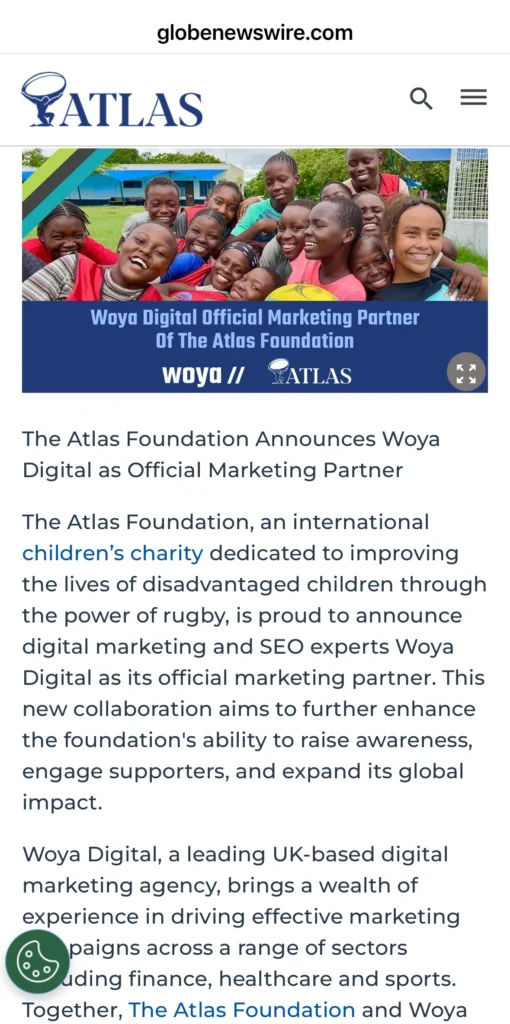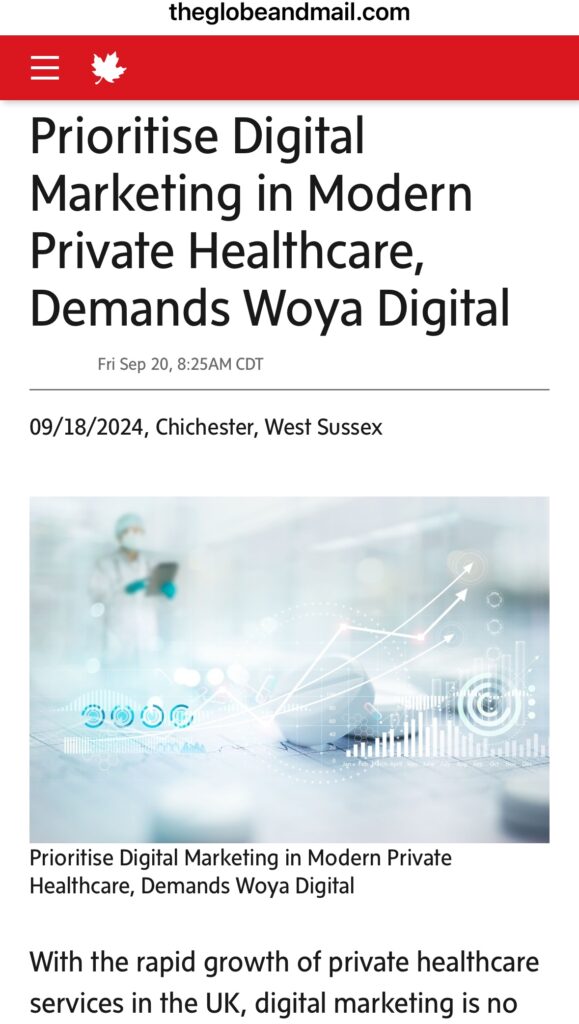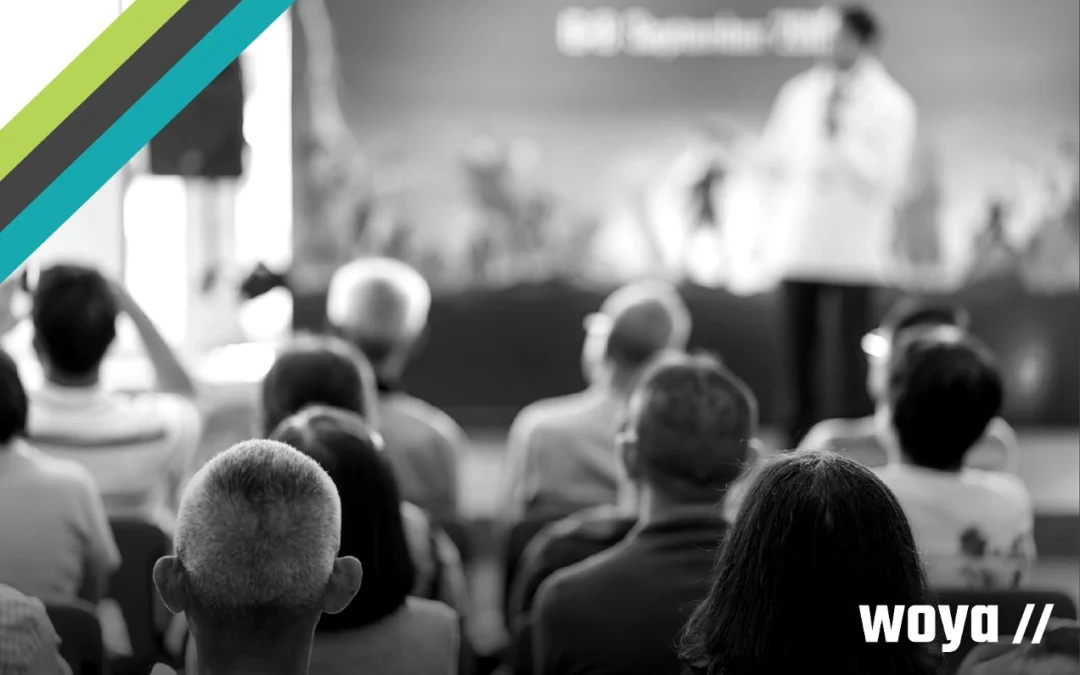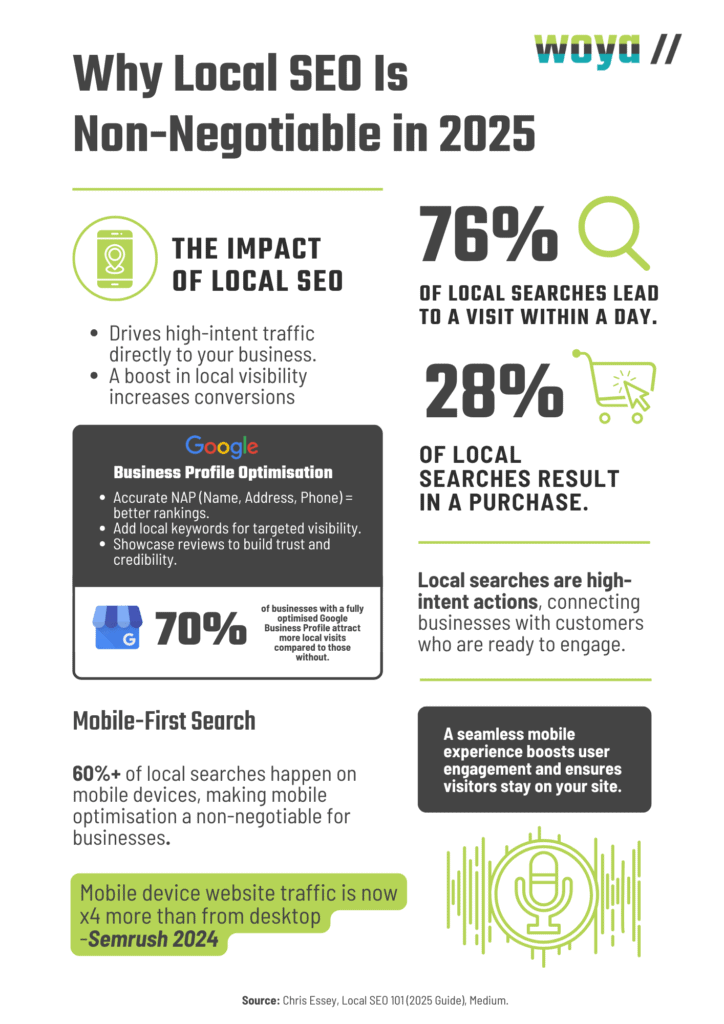
Personal Branding and Building Influence for Finance Leaders
Reading Time: 7 minutesIn the modern world of finance, who you are is just as important as what you’re offering.
While not everyone wants to become a financial content creator, it’s worth taking note of the value of a personal brand across the industry. This is particularly true for finance leaders. As a central financial figure in a business or specialism, you need a personal brand that displays your knowledge, authority, and the unique value you bring to the financial sphere.
In this article, we’re going to dive deeper into the use of personal branding for finance leaders and influencers. From how to build your brand to navigating the strict regulations of the financial industry, learn how to differentiate yourself from the crowd with key insights from the Woya Digital marketing team.
Understanding the Importance of Personal Branding in Finance
Finance industry customers are – understandably – careful of who they place their trust in. This makes it a tricky industry to break into, especially if you’re looking to make your mark as an individual rather than as part of a larger financial organisation.
This is where personal branding comes in. As an effective marketing strategy for individuals, it helps you:
- Build credibility and trust: In a highly regulated, competitive industry, personal branding helps you prove your reliability to your consumers, earning their trust. This might be through cultivating word-of-mouth referrals or marketing your accreditations, for example.
- Differentiate your brand: Stand out amongst a sea of experts and advisors with a unique selling point (USP). This is a central aspect of personal branding that identifies what sets you apart, whether that’s an area of expertise, an innovative approach, or a commitment to sustainability. By defining and communicating your USP effectively, you can make yourself more attractive to your ideal audience.
- Strengthen professional connections: The stronger your personal brand, the more connections you can focus on building within your industry. When you emphasise your expertise and unique perspectives, you’ll naturally begin to attract like-minded professionals, including mentors and collaborators. With a clear understanding of who you are, you’re more likely to build relationships founded on mutual perspectives.
But how do you start building a personal brand? Read on to explore:
- How to define your brand identity
- Developing valuable content
- Leveraging social media
- Establishing credibility
We’ll also look at how you can monitor and evolve established brands, ensuring continued growth and success.
Defining Your Brand Identity
The pillar of a strong brand identity is understanding what you bring to the table.
By clearly defining your personal brand, you can communicate it effectively and consistently.
Here are some key steps to get started.
Carry Out A Self-Assessment
Reflect on what you want your personal brand to embody. Consider your strengths – particularly those that make you unique – and the values you hold. These should sit alongside your areas of expertise, and be backed up with accreditations, certifications, and a strong portfolio.
Some questions to ask yourself at this point include:
- How can I integrate my core strengths and values into my work?
- What unique experiences or perspectives can I bring to my industry?
- How do I want my audience to perceive me?
- What long-term goals do I have, and how can I align these with my personal brand?
- How do I want my services or brand to impact my area of the finance industry?
Define Your Target Audience
Once you’ve clarified who you are, it’s time to define who your audience is.
Do you guide and help others expand their financial knowledge? Maybe your target audience is a younger demographic. Or, are you engaging with other financial professionals or organisations in a B2B capacity?
Identify Your Brand Voice
Your brand voice should reflect your identity and resonate with your target audience. It can also help you differentiate yourself from competitors, build authority, and gain trust.
Consider who you’re trying to reach and begin cultivating a brand voice that effectively engages your market.
Outline Key Differentiators
How will you differentiate yourself from other established finance leaders and influencers? Your USP should fill a gap in the market, or at least bring a fresh spin on what’s already on offer.
Consider the different ways you can communicate your unique skills, knowledge, and experiences. You can then look to incorporate this into your social media profiles, visual branding, and logo etc. to convey your values and align your branding aesthetic with your USP.
Developing and Sharing Valuable Content
As a financial leader, the content you create and share will help you:
- Gain the trust of your audience
- Share value with your audience
- Build your brand authority
- Differentiate yourself from your competitors
With that in mind, it’s crucial you invest time in developing a strong content marketing strategy and generating valuable resources that give your audience a reason to listen and engage with your brand.
Choosing Your Types of Content
Explore different types of content that will bring the most value to and reach your target audience on the platforms that they frequent, and align with your goals.
- Educational Blogs: Blogs provide a great opportunity to display and share your knowledge, build a clear brand identity and tone of voice, and show your readers the value you’re offering.
- Case Studies and White papers: Create documents that explore the real-world applications of your financial services or knowledge, showcasing success stories and using data to add evidence to your statement.
- Industry Insights: Position yourself as a thought leader by sharing insights into the financial industry. Share up-to-date info with the latest trends and build authority through relevant knowledge.
What Formats Are Best For Your Content
Alongside types of content, consider formats.
Publishing blogs and articles to your website will support your search engine optimisation (SEO) efforts, and help to increase traffic to your site. Posting articles on third-party sites can help you reach a wider audience, gain authority, and build powerful backlinks back to your website, especially if you manage to publish guest posts or digital PR articles to reputable financial platforms.
Other formats you might want to consider include:
- Videos
- Podcasts
- Webinars
- Infographics
- Social media content
Share Content Consistently
When it comes to content, consistency is key. The best way forward is to create a content calendar that outlines your goals, key topics, platforms and publication dates.
You can also repurpose content to maximise its reach and make good use of your insights. For example, use snippets of blog posts to create social media updates. This not only makes your content more visible but also ensures your message remains cohesive across channels, cultivating that clear personal branding.
Leverage Social Media Channels Effectively
Social media has become the cornerstone of personal branding. Whether you’re hoping to become an influencer or land a job in a top organisation as a finance leader, social media can help you gain attention, stand out from the crowd, and prove your credibility.
When it comes to choosing platforms, we would recommend finance professionals being active on LinkedIn and X. Create a YouTube channel for all your video content, and if you’re targetting a younger demographic, add Instagram and TikTok to the list.
LinkedIn Strategies
LinkedIn is a platform that will allow you to cultivate a professional image that’ll be seen by other professionals. You should post to this platform frequently, and ensure that you first carry out profile optimisation to increase your visibility. Look to viral posts for content inspiration, and sharing, but remember to make your own content unique.
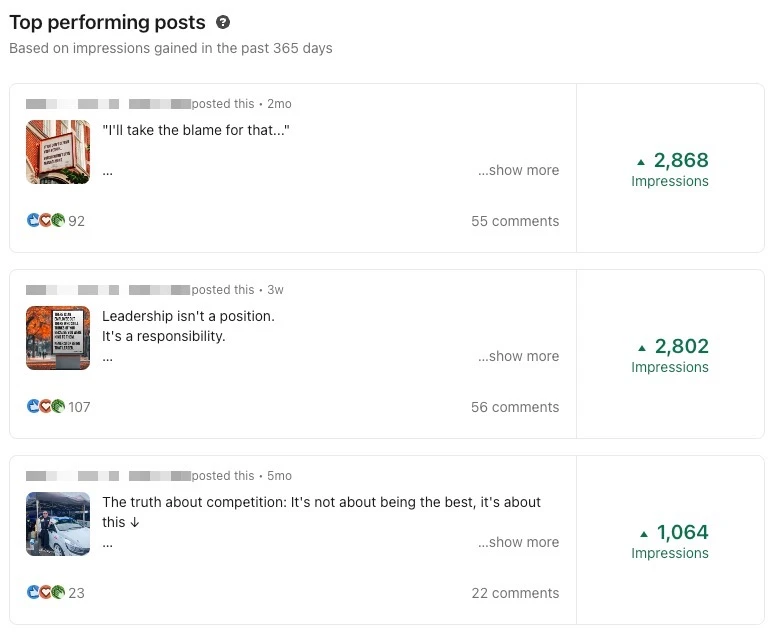
Twitter Tips for Financial Professionals
Twitter is ideal for rapid, regular insights. This is a great place to build authority as an up-to-date industry leader by reacting to news and engaging with other experts in your specific field. Focus on value-heavy, snappy statements and responses that engage and inform.
Engaging With Followers
No matter what social media platform you choose, it’s important to engage meaningfully with your audience. Respond to comments, make good use of finance-related hashtags, and join in (or create) larger social groups. Think of this as another opportunity to network alongside in-person events.
Maintaining Compliance
If you’re using social media to promote your financial services or share money management advice, ensure you remain compliant with regulations (including protecting sensitive information and never misleading your audience) to avoid landing in hot water with any regulatory body.
Establishing Credibility and Building Trust
A statement that bears repeating: to be successful in the financial services industry, you need to build credibility and trust. So, how exactly do you do this?
- Showcasing Expertise: Highlight your certifications, qualifications, and professional milestones in your profiles and content to demonstrate credibility.
- Partnering with Reputable Publications and Events: Look into publishing articles on third-party websites (guest posts and opinion pieces) and speaking at relevant events, on webinars and podcasts to expand your network.
- Media and PR Opportunities: Use digital PR to engage with the media, sending out press releases to share or comment on relevant news. Respond to press enquiries promptly and professionally.
- Client Testimonials & Success Stories: Use authentic, specific endorsements to showcase the impact of your work.
- Search Engine Optimisation: Invest in SEO marketing to establish yourself as a notable presence and boost visibility, helping you compete with other financial figures and gain organic traffic. By securing top spots for relevant search results, your target audience is far likelier to find you, and trust that you’re a credible source.
Monitoring and Evolving Your Brand
Like most marketing techniques, personal branding doesn’t come to an end once you’ve ticked off every task on your to-do list. This is an ongoing strategy and one that you need to continue if you want to build and then maintain momentum.
To continuously evolve and monitor your brand, we recommend:
- Tracking Impact and Engagement: Use metrics and data to follow the success of your work, and to guide you on your future strategy.
- Continuous Improvement: Use your metrics to pinpoint the strategies that work and the strategies that don’t, and refine your process moving forward. You can also gather feedback from your target market, ensuring the content you create is in line with their expectations.
- Personal Brand Audits: Carry out thorough assessments of your online presence as your career evolves. Does your content align with your changing goals? Are you speaking to the right audience? How could you adjust your messaging to be more in line with the industry?
- Remain Compliant: Stay up-to-date with compliance changes and ensure all of your content is in line with industry standards.
Start Building Influence With a Strong Personal Branding Strategy
From following in the footsteps of successful financial influencers to securing positions at top global companies, personal branding can support you in many aspects of a financial career. Get started by defining your unique values, showcasing your expertise, and focusing on building credibility for a solid strategy.
Of course, that’s far easier said than done. If you’re struggling to get started or build momentum, it’s time to turn to our experts for help.
With years of experience working within the financial services industry, and backed by an experienced team of marketing professionals, Woya Digital can help you develop an approach that’s rooted in results for a personal brand that’s guaranteed to build influence.







